
In 2020, we covered the most physicians in our history.
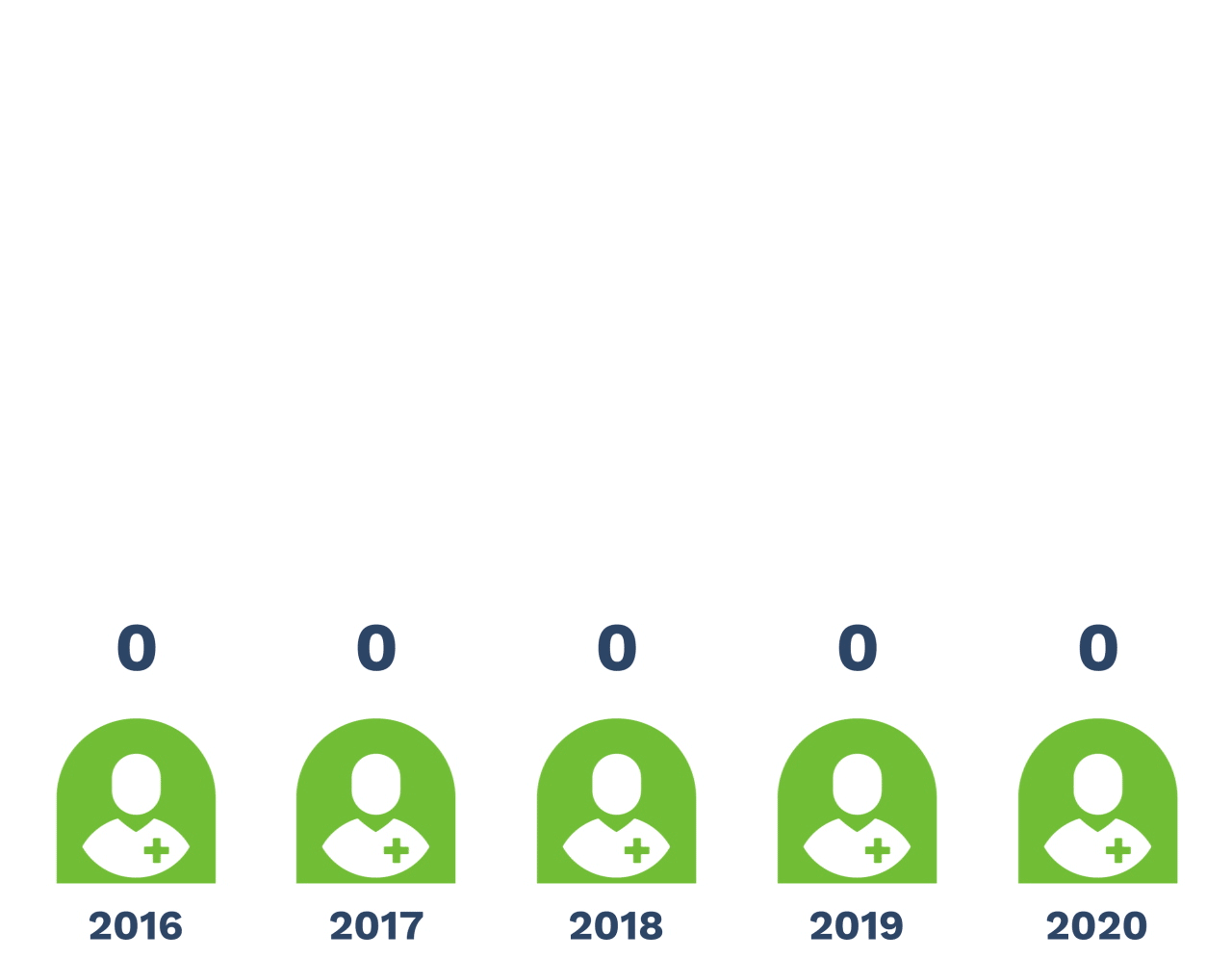

Our gross written premium stayed strong in 2020, driven by business from both customized programs and traditional large, midsize, and small practices.
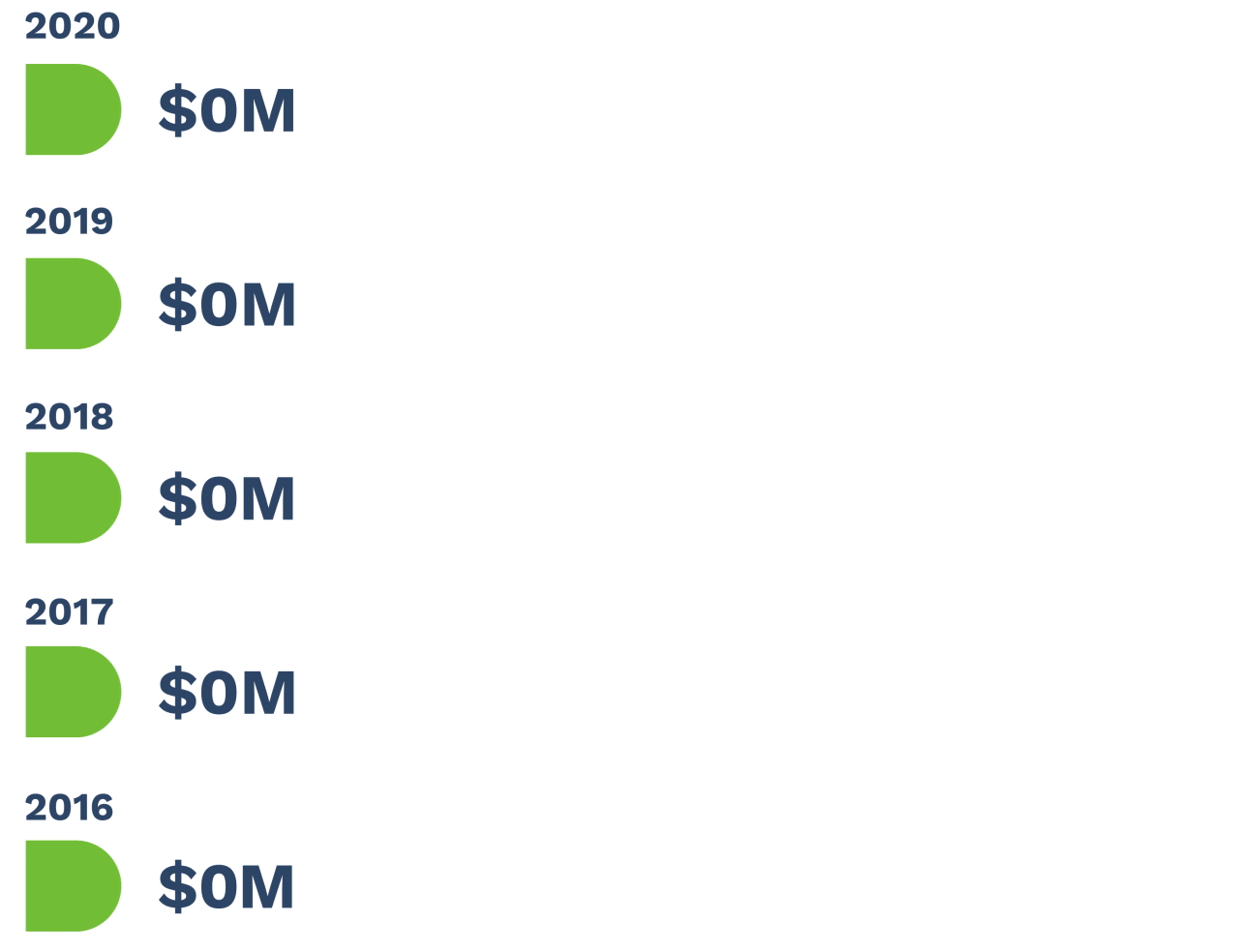
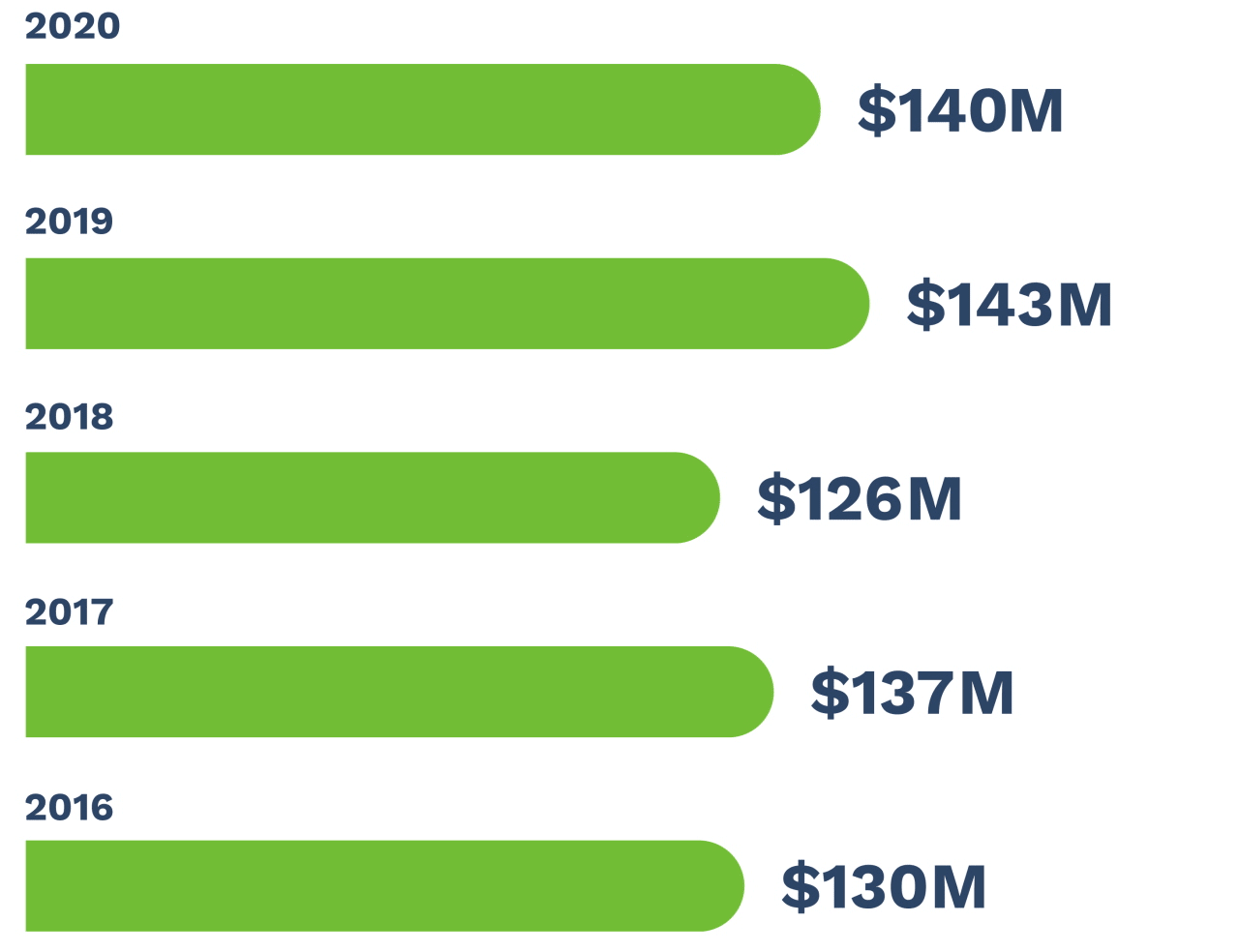
Our expense ratio (the amount of operating expenses we incur relative to our premium) continued to stay well below industry average in 2020, a mark of our responsible management of your company.
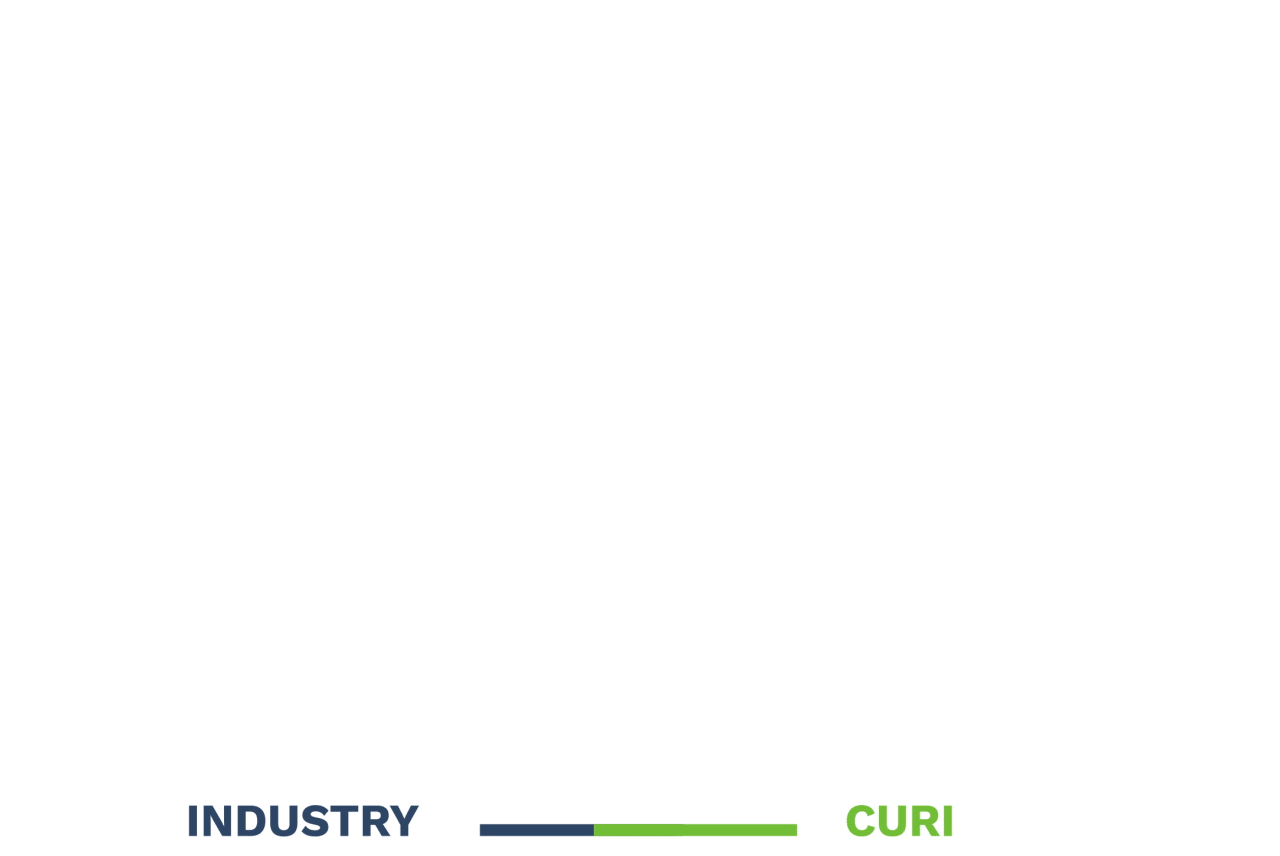
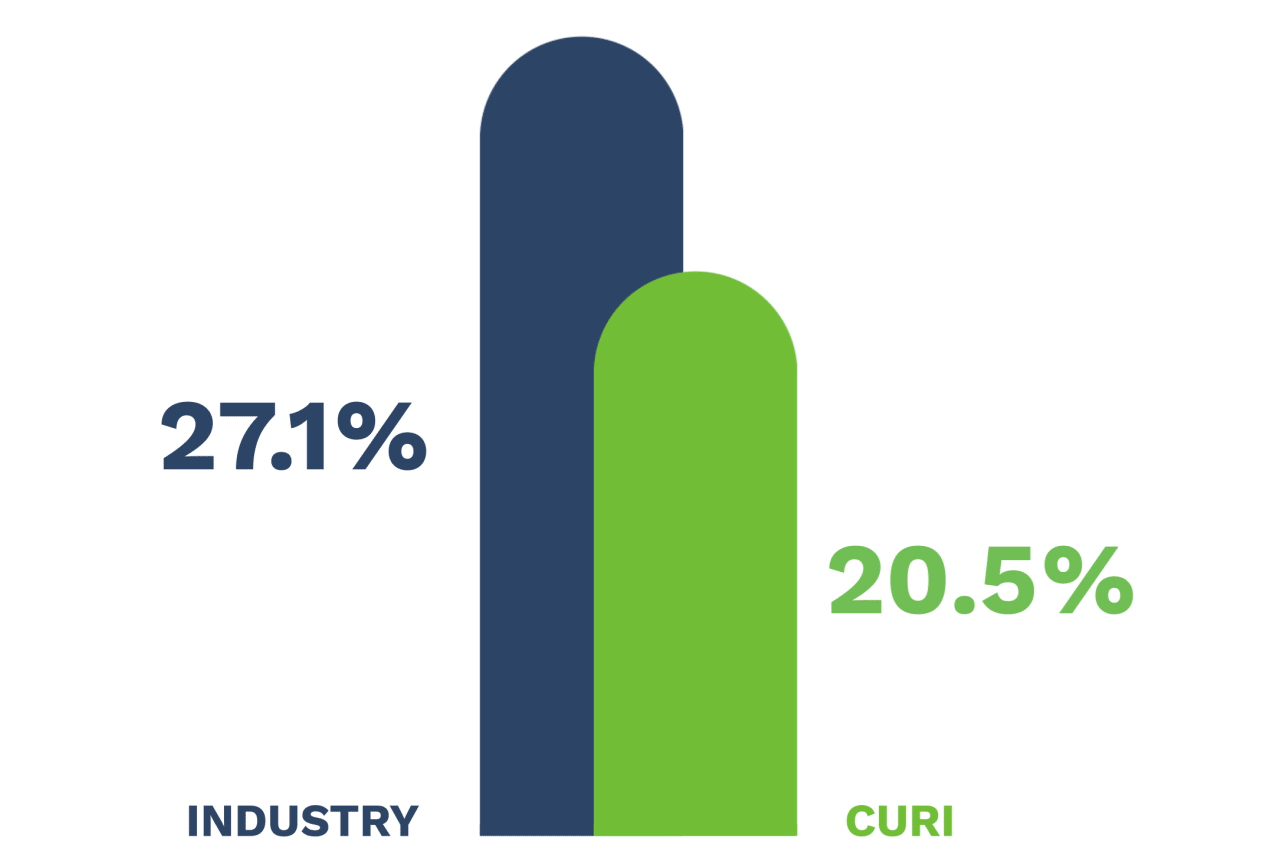
Curi was not immune to industry trends in 2020, and our loss ratio (the percentage of premium used to pay claims) reflected the increasing claims severity seen by MPL carriers across the nation.

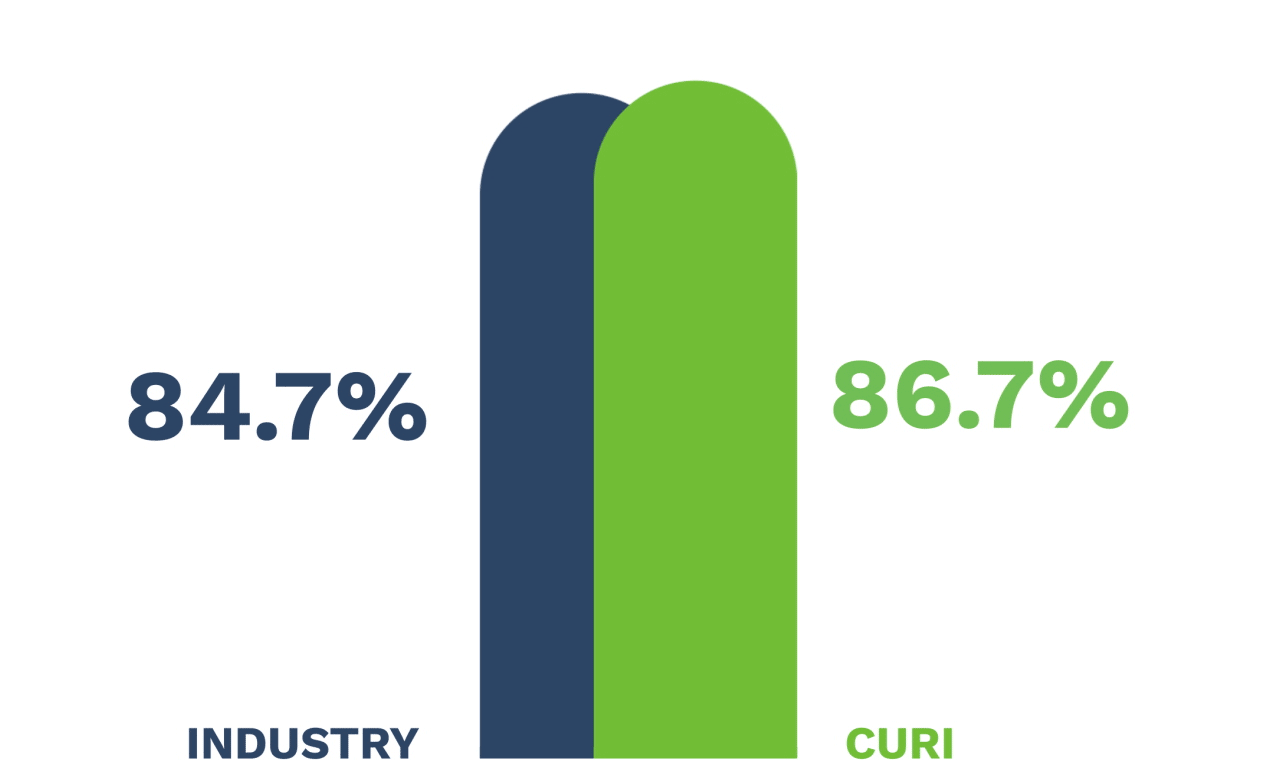
Our combined ratio (loss ratio plus expense ratio) beat the industry average yet again in 2020, while at the same time reflecting the challenging trends in the physician liability arena. We're here to help you successfully navigate those trends.

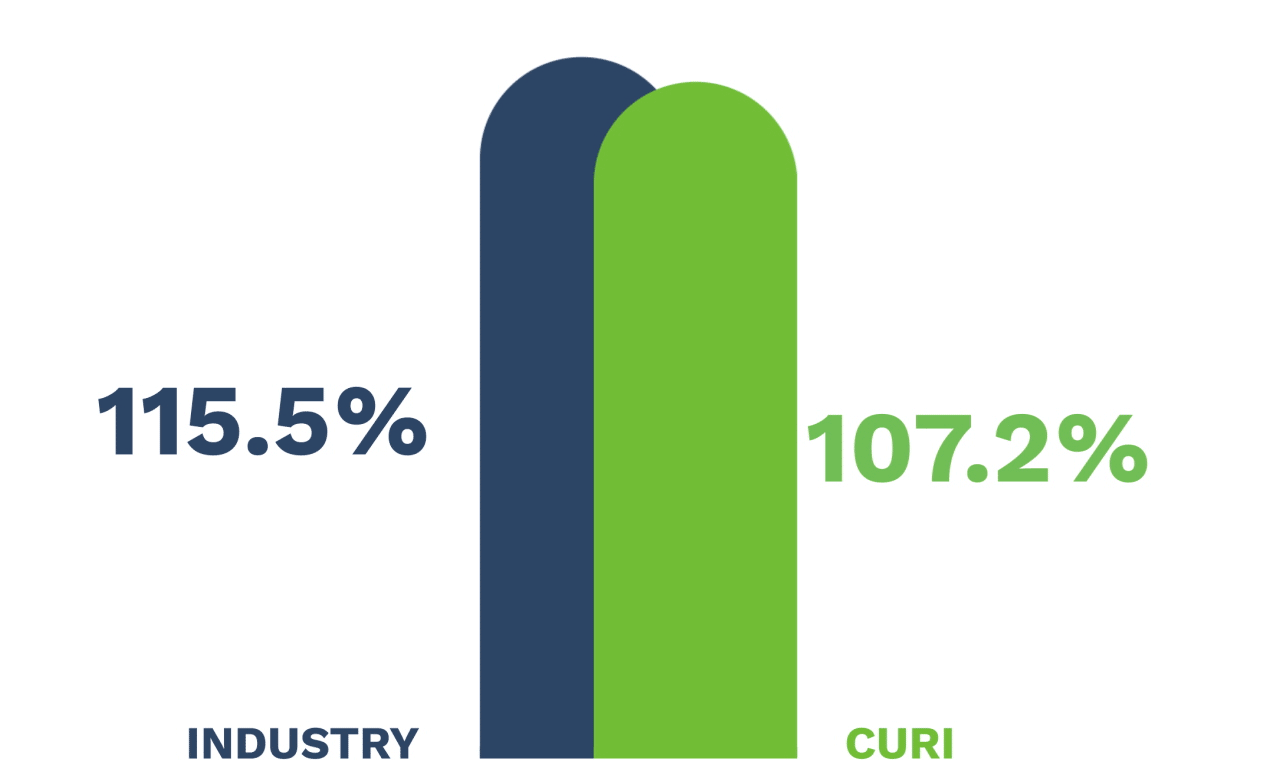
Curi’s strong balance sheet and consistent operating performance earned us a seventeenth consecutive “A” (Excellent) financial strength rating from A.M. Best Rating service in 2020, even in a challenging MPL financial environment.

Curi was named to the “Ward’s 50” list in 2020, as the one of the 50 top-performing insurers in the property-casualty industry—and the only company specializing in physician professional liability. The award, given by Aon’s Ward Group, goes to 50 carriers that demonstrate superior performance over a five-year analysis period.

Being a member-owned mutual company means sharing our success with the physicians whose premium dollars are an investment in Curi. Through our Legacy Fund and Policyholder Dividends programs, we aim to return approximately half our net income each year to you as a return on that investment.
Member savings accounts that grow tax-deferred and pay out upon designated events, including retirement.


Annual cash payments to qualifying physicians.

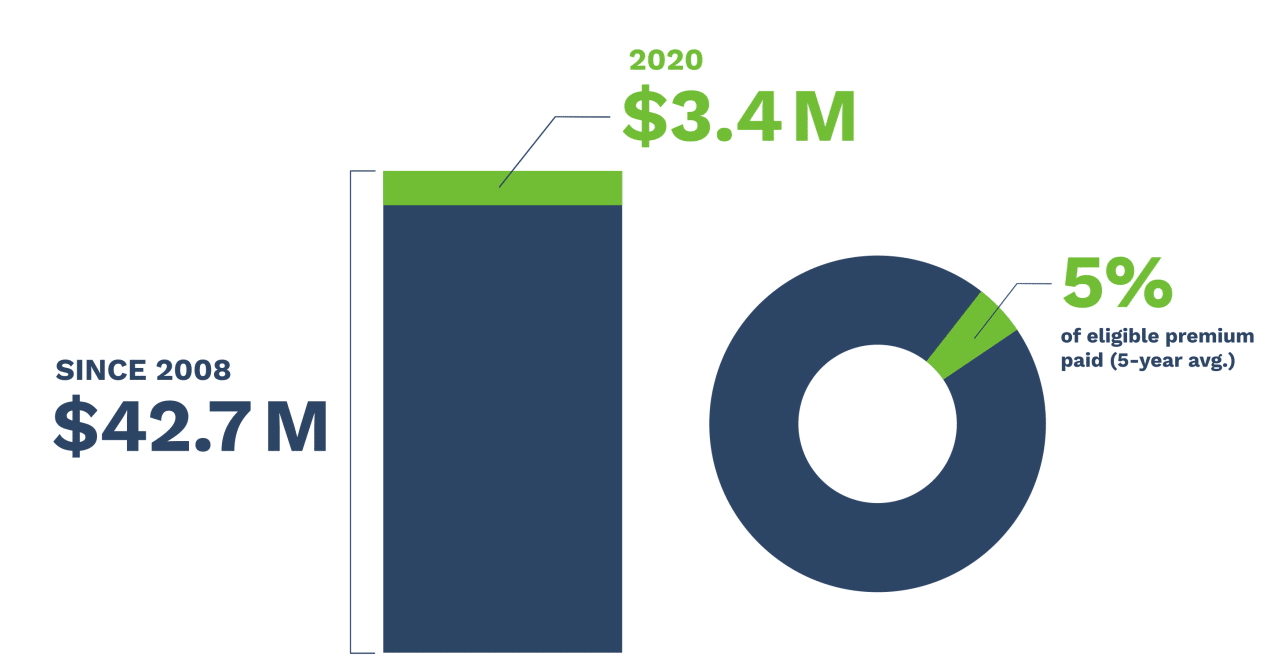
In a year like no other, Curi’s claims results were not immune from external trends. With courts shuttered by March and many trials pushed back by a year or more, we tried just a fraction of the usual number of cases—fewer than at any point in decades. We lost three trials early in the year, including two in venues that have traditionally been challenging for the defense, and then as COVID hit we never regained the opportunity to win the many trials that had been scheduled to occur in 2020 but that were postponed indefinitely due to the pandemic. Our results reflect this reality.
We did use the time created by the lack of court activity to turn our focus inward and shore up our claims operations. We invested in our defense counsel network as they faced the economic challenges many small businesses—including medical practices—experienced, by reimbursing them more frequently and letting them directly pass through to us expenses that they historically fronted. We grew the knowledge base of our team by hosting two virtual defense counsel summits with nationally recognized speakers. We hired two new claims examiners to help manage the increase in new suits that has followed the growth of our member base. And we conducted internal case reviews, looking closely at all our pending cases to make sure we had thoroughly evaluated them and taken all necessary steps for them to succeed. These steps helped make sure we would be trial-ready when courts started opening up again—and the strategy was validated in October, when we won our first “pandemic-era” trial in Pennsylvania.
Despite the unusual year, we continued with our commitment to defending good medicine in 2020, spending $13 million more to defend cases than on making indemnity payments to plaintiff patients.


With just two months of trial activity before courts shut down, Curi prevailed in half of the contested-liability cases that closed in 2020.

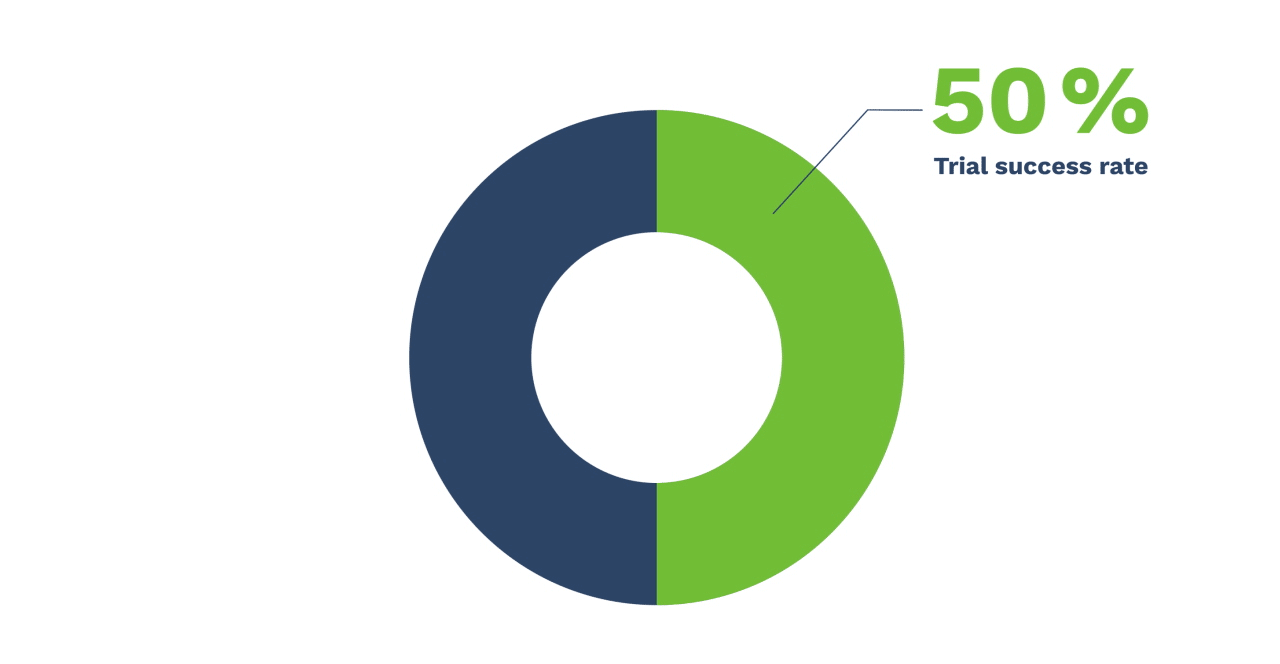
Nearly all our cases closed without payment in 2020.

